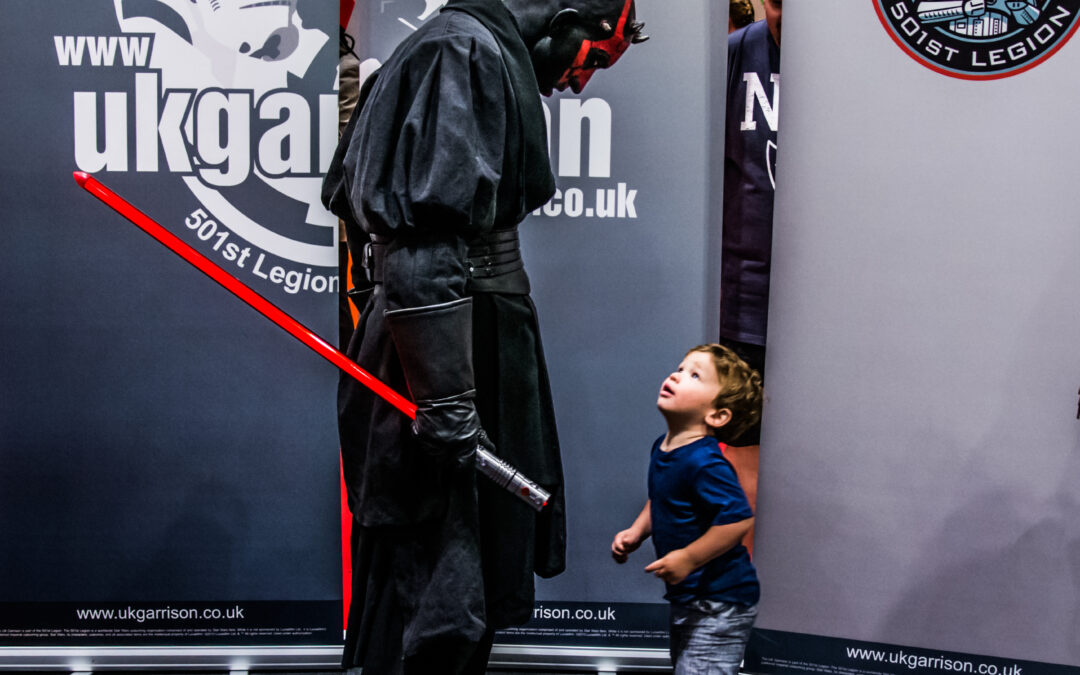This Showdown Between Humans and Chatbots Could Keep You Safe From Bad AI
Author: Your Name
The Rise of Chatbots and Their Potential Dangers
Chatbots, computer programs designed to simulate human conversation, have gained considerable popularity over the years. They are being used by businesses, customer service departments, and even in personal communication. However, with the increasing use of chatbots, concerns about their potential dangers and limitations have also grown.
One of the main concerns surrounding chatbots is their ability to inadvertently spread misinformation or biased views due to their limited understanding of complex human emotions, contexts, and intentions. In some cases, malicious actors can also program chatbots to deceive users or exploit their personal information.
Moreover, relying solely on chatbots for critical tasks or decision-making processes can be risky. They lack the human capacity to empathize, creatively problem-solve, or handle certain nuanced situations, which can lead to unsatisfactory outcomes.
The Vital Role of Human Involvement
To counter the potential negative implications of chatbots, human involvement becomes crucial. Even with advancements in natural language processing and artificial intelligence, humans bring a unique set of skills and judgment to the table that chatbots cannot replicate.
By incorporating human review and supervision into the chatbot design and development process, we can ensure a more robust and safer system. Humans can provide real-time feedback, identify biases, rectify misinformation, and handle complex scenarios beyond the capabilities of chatbots alone.
Furthermore, humans can also be responsible for training and monitoring chatbots to improve their accuracy, effectiveness, and ethical behavior. This ongoing guidance and refinement process is pivotal in creating trustworthy and reliable chatbot systems.
The Showdown Between Humans and Chatbots: Collaboration for Safety
The ideal approach involves striking a balance between the advantages of using chatbots and human intuition and expertise. Rather than replacing humans, chatbots should be viewed as tools that augment human capabilities.
This showdown between humans and chatbots does not need to be a competition, but rather a collaboration. By leveraging the strengths of both, we can ensure the overall safety and reliability of AI-driven interactions.
While chatbots excel in handling high-volume and repetitive tasks, humans can focus on critical thinking, complex decision-making, and emotional support. In this collaboration, humans can monitor and guide chatbots, while chatbots can assist humans in streamlining processes and providing quick, accurate answers.
The Future of AI: Harmonious Coexistence
The ongoing advancements in AI technology provide immense potential for improving various aspects of our lives. However, it is essential to establish a responsible and collaborative framework between humans and chatbots to prevent the unintended consequences of AI from outweighing the benefits.
By recognizing the limitations of chatbots and the unique capabilities of humans, we can take proactive steps to leverage their strengths effectively. This includes responsible AI development, continuous human supervision, and an ongoing dialogue between human developers and chatbot users.
Ultimately, a harmonious coexistence between humans and chatbots will enhance our safety, promote ethical AI practices, and ensure that the AI systems we rely on are reliable, unbiased, and trustworthy.


Recent Comments